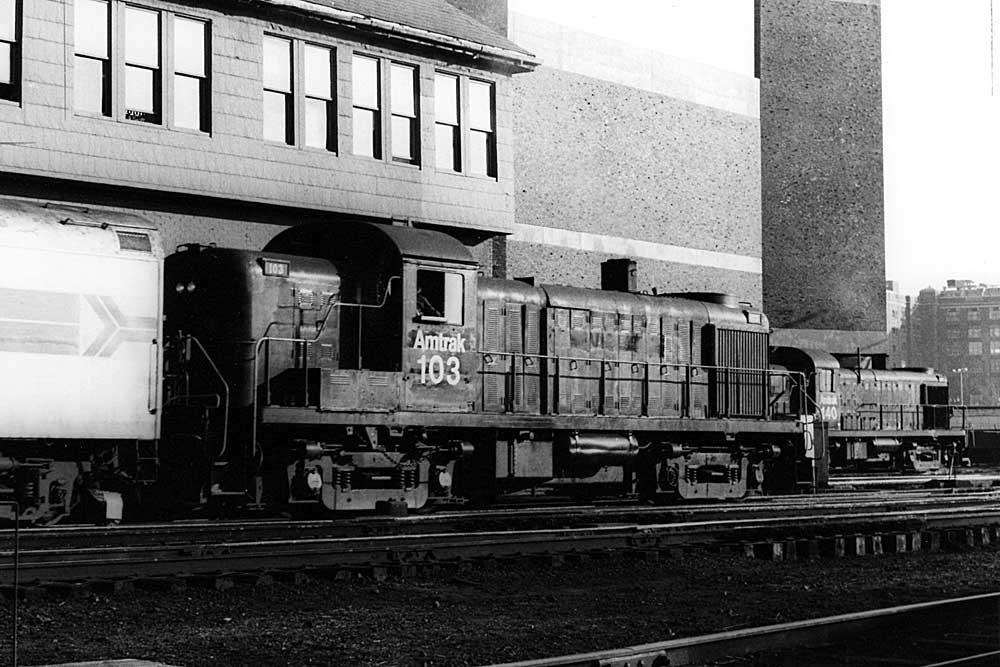
Amtrak RS3 diesel locomotives supported operations on the Amtrak-owned Northeast Corridor between Boston and Washington, D.C. The RS3 was Alco’s best-selling road switcher model with 1,265 units sold to more than 50 railroads between 1948 and 1962. Marketed as a multi-purpose unit, some roads, including but not limited to Pennsylvania, Rock Island, and Western Maryland, ordered some with steam generators for passenger service.
There were 45 RS3 units, acquired from the Penn Central roster with Amtrak’s acquisition of the Northeast Corridor on April 1, 1976. They were built between 1950 and 1955 for New York Central (26 units); New York, New Haven & Hartford (8 units); and Pennsylvania Railroad (11 units), the three major components of PC.
During their tenure on Amtrak, three units were rebuilt with EMD prime movers. This occurred with Nos. 106-107 in July 1981 and No. 104 in June 1984. The latter two units were the last RS3s on the Amtrak roster, lasting until September 1995 and August 2001, respectively. (The last un-rebuilt unit, No. 127, was retired in November 1986.) The rebuilt units had modified rooflines on the long hood to accommodate the new internals; No. 104 only had a lowered nose.
Most units wore plain Penn Central black with white lettering on the cab sides for the majority of their time on the Amtrak roster. However, rebuilt units Nos. 104, 106, and 107 sported Amtrak “phase 3” paint with equal red, white, and blue stripes and black roofs and underframes.
The Amtrak RS3 diesel locomotives split their time between maintenance-of-way and terminal switching duties. Their territory stretched from Boston’s South Station to Washington, D.C.; Harrisburg, Pa.; Springfield, Mass., all Amtrak-owned mainline trackage at the time. They were also called upon as rescue engines when an electric locomotive, or the larger electric supply infrastructure, would become disabled.
They would also appear as switchers at terminals off the Corridor, including Albany, N.Y., and Chicago in their original black paint. Nos. 106 and 107 survived into the 1990s as the resident switchers at the Sanford, Fla., Auto Train terminal. Surprisingly, 106 subsequently ended up working as a leased engine switching mail and express cars at Toledo, Ohio, in the late 1990s.
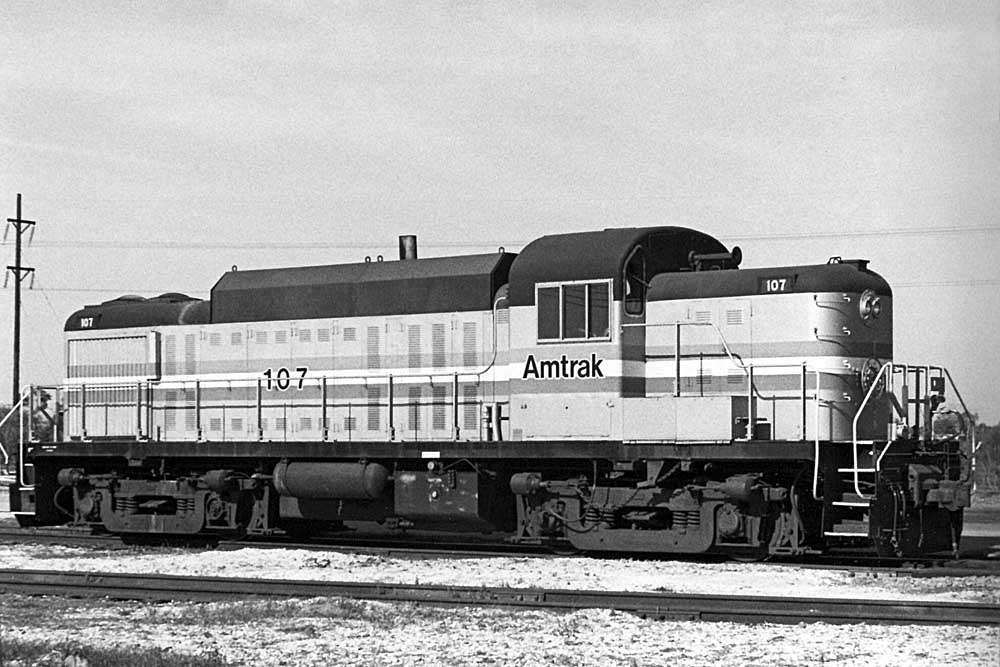






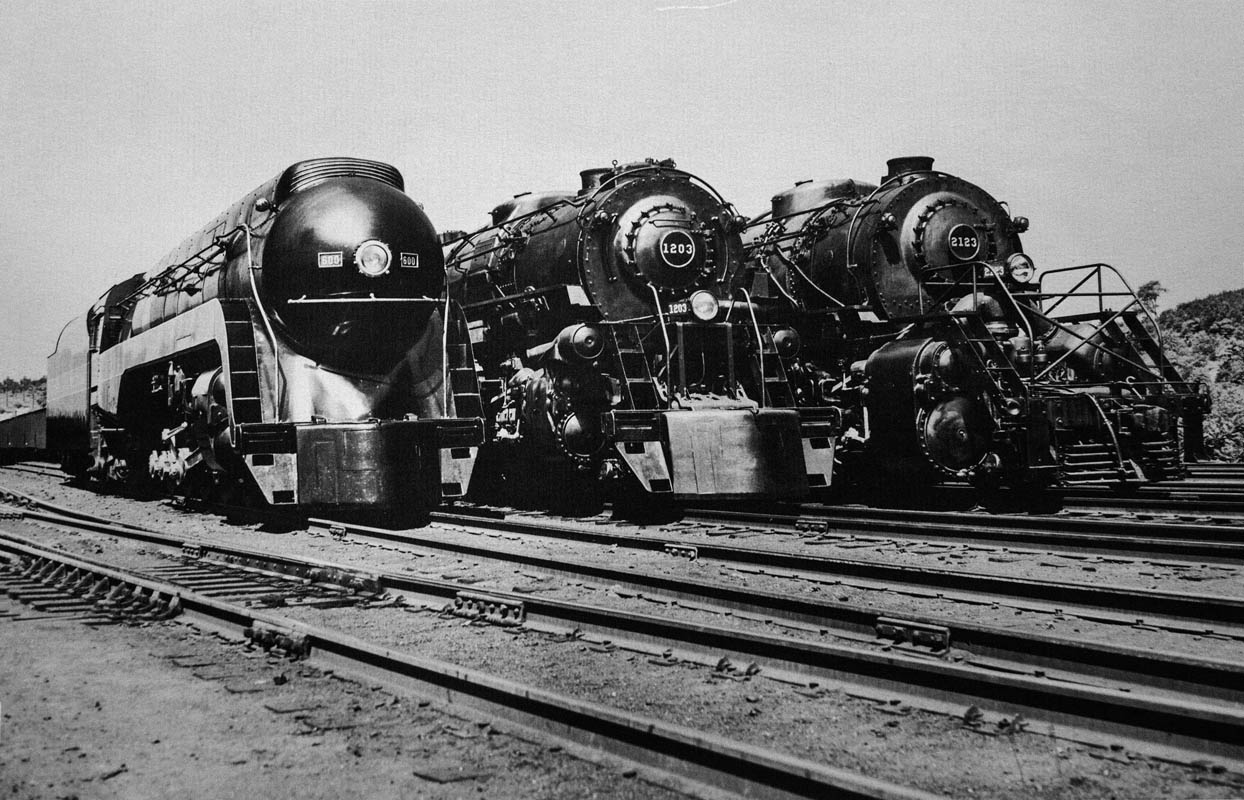

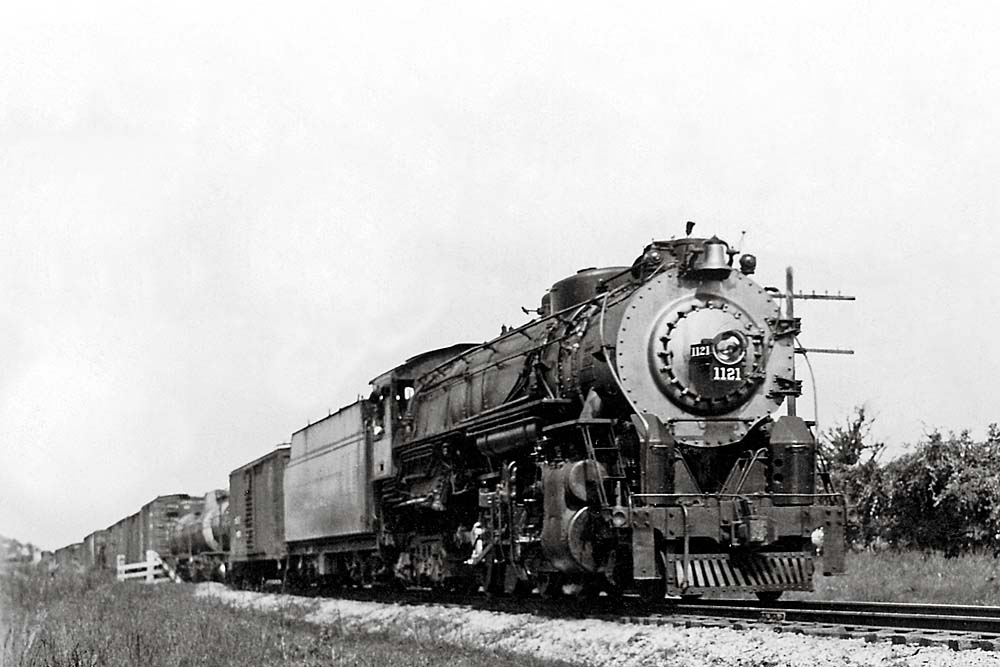
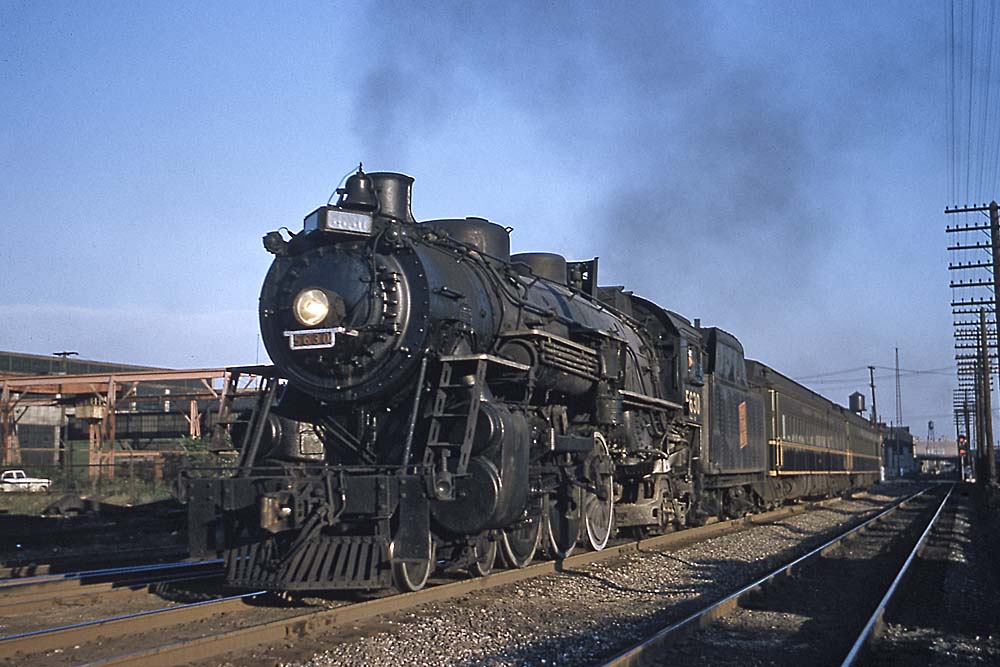




If one grew up in New Jersey, Alco RS-3s (and -2s and -1s) were integral to your train watching experience almost anywhere in the state, even before the Erie Lackawanna and Penn Central mergers. They were on road freights and locals, in yard service, on commuter runs, even on some through passenger runs back in the 50s and 60s. The only “main line” railroad in NJ that didn’t have them was the Pennsylvania-Reading Seashore Lines, which went straight from Baldwins to GP-38s. And, the B&O, which really ran only on trackage rights anyway.